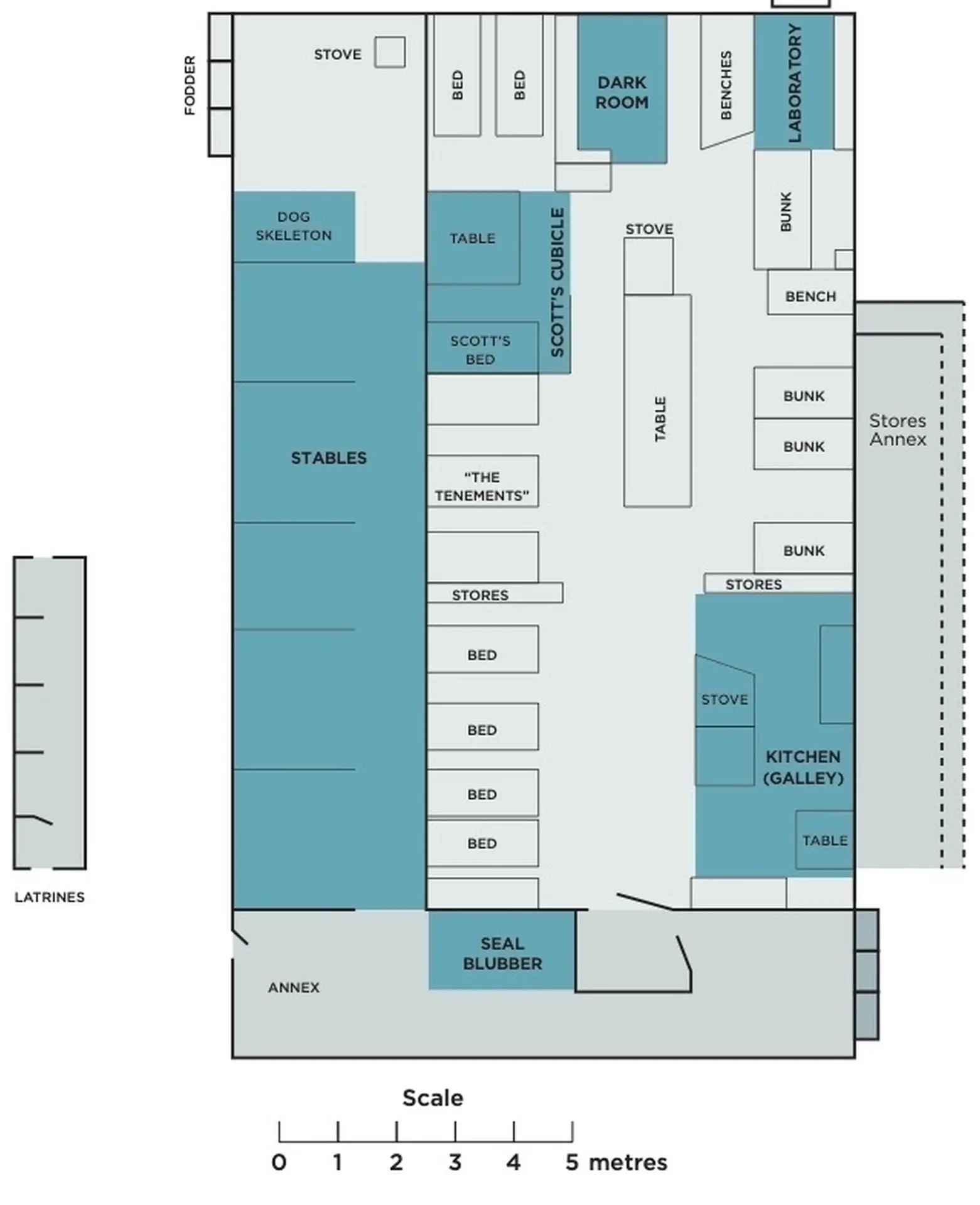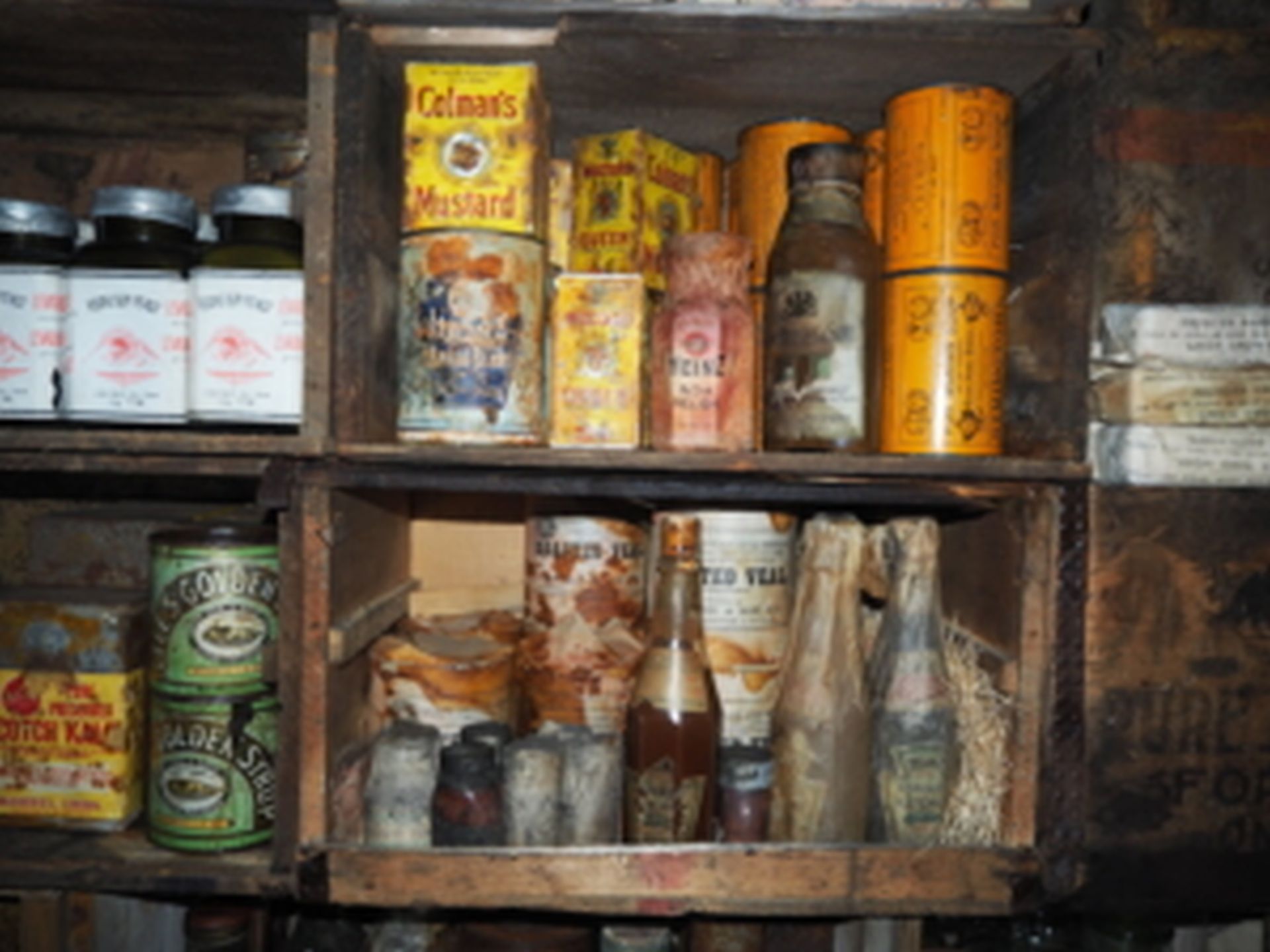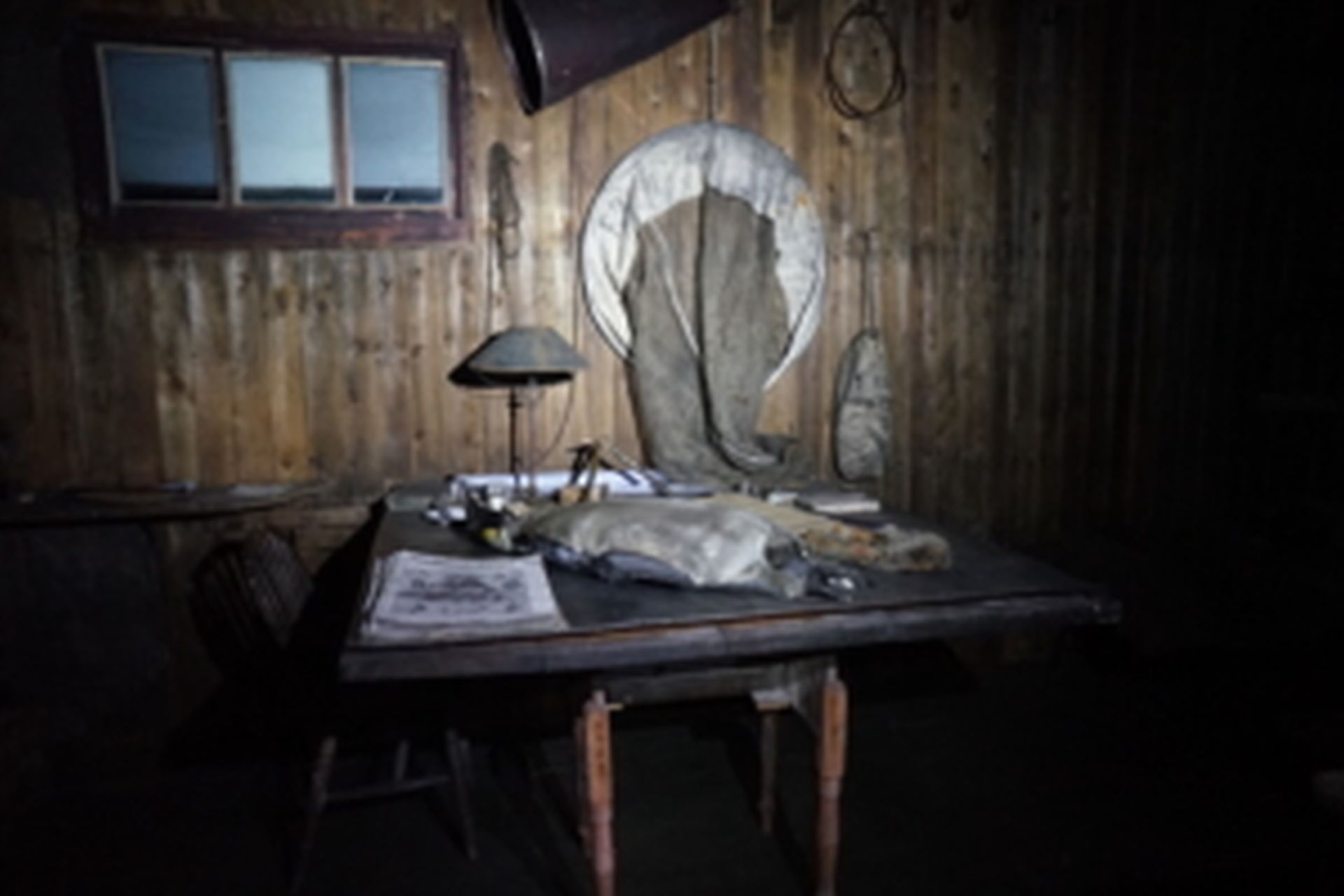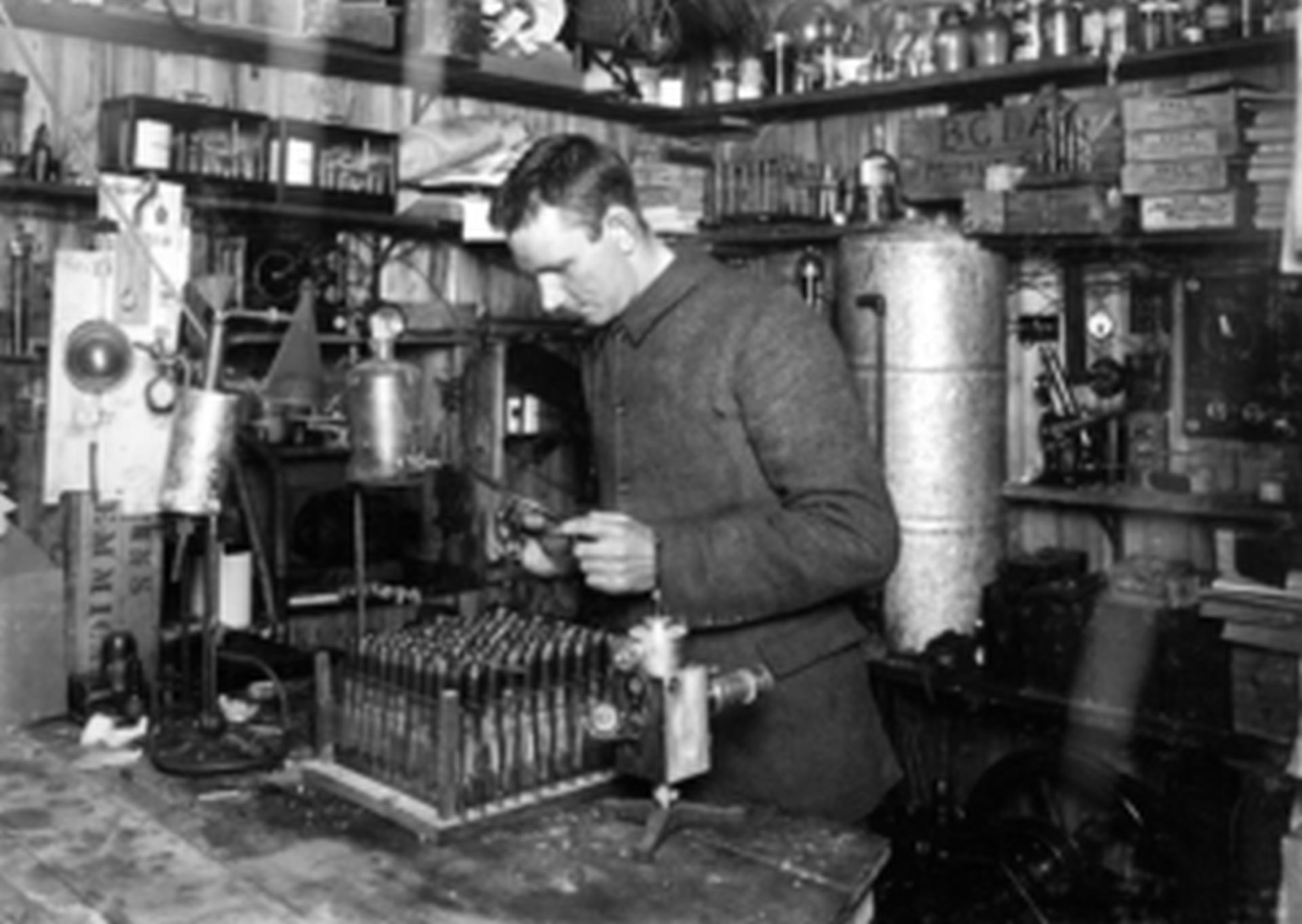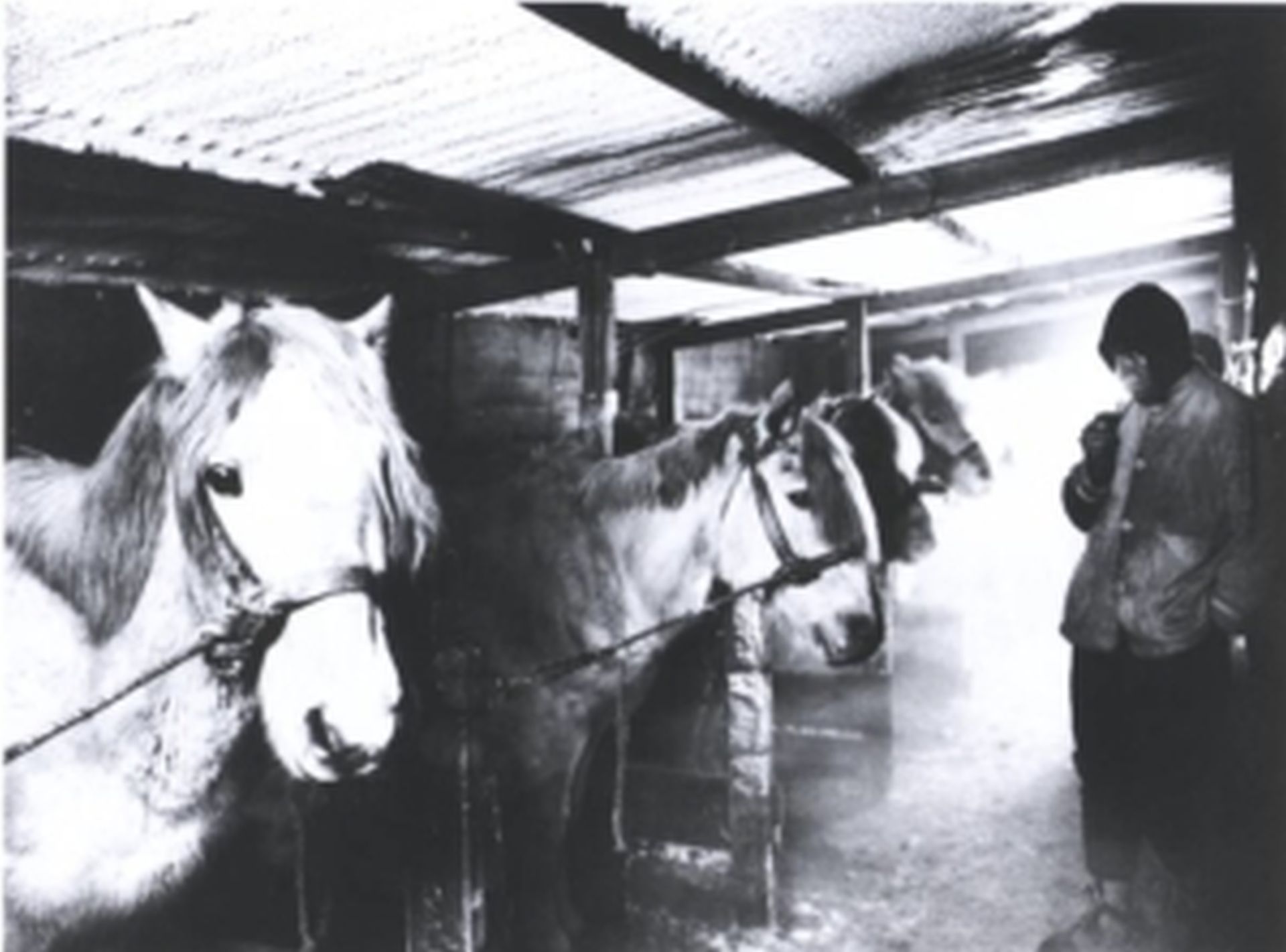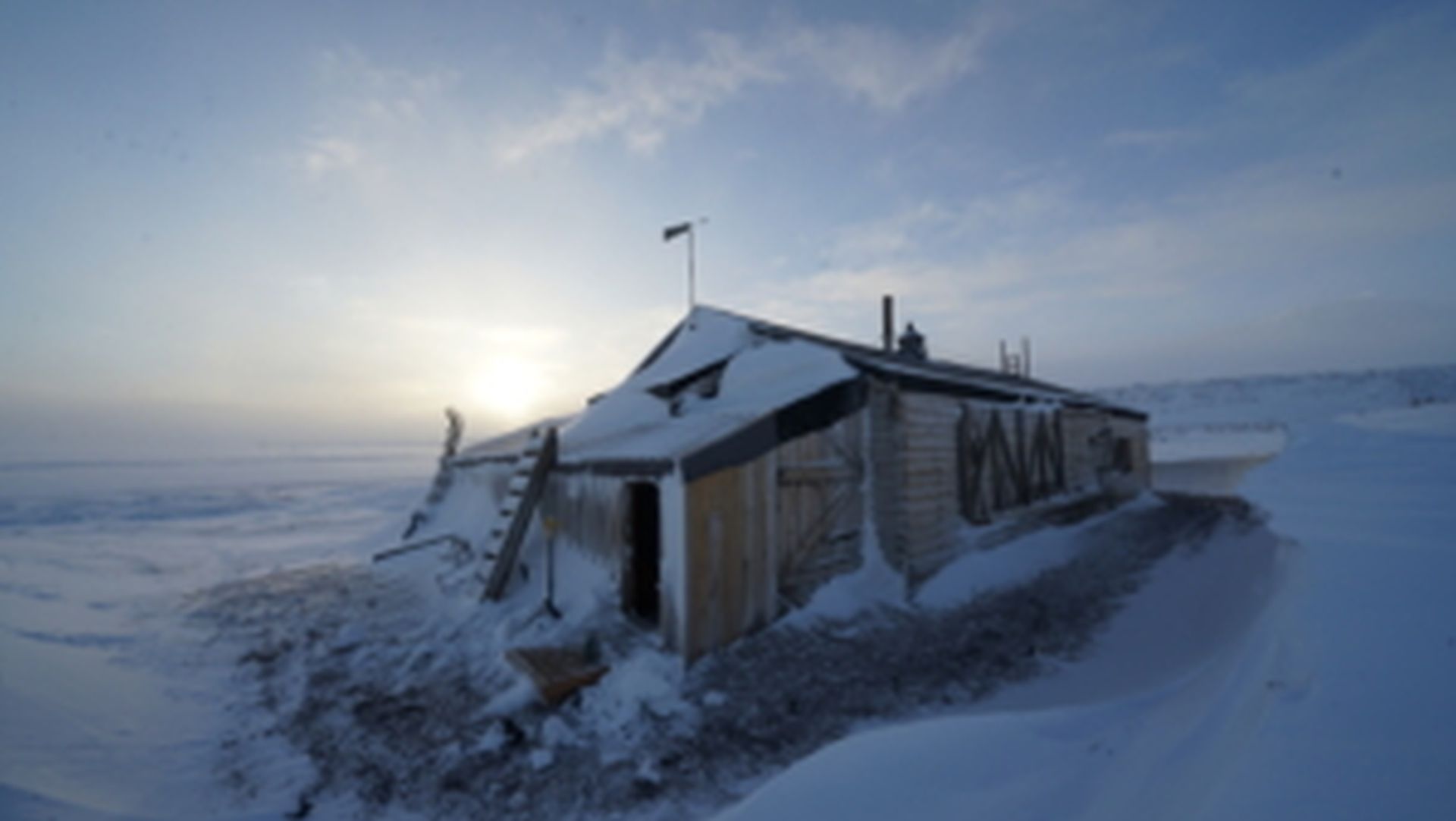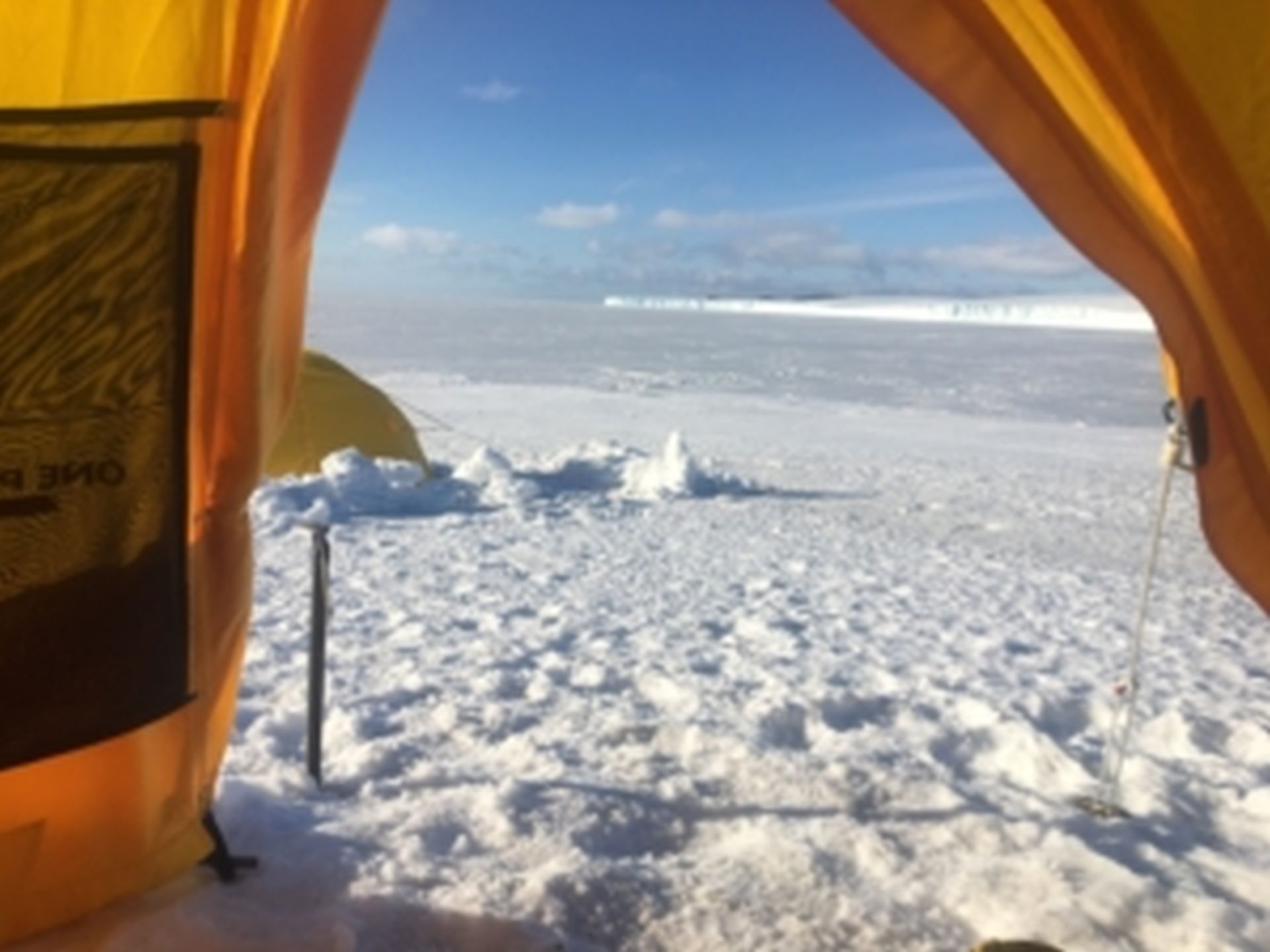Journey through Scott’s carefully conserved Terra Nova Hut
Scott’s Terra Nova hut has a history steeped in both triumph and tragedy that is proudly on display at Cape Evans.
Step inside and you will find the building in good health with more than 11,000 artefacts left behind by expeditions of Scott and Shackleton carefully conserved.
Those who visit often remark that it looks as though Scott and his men have just stepped outside and will be back at any moment.
It feels, as Sir David Attenborough described, frozen in time.
Walk inside and despite over 100 years in the harsh Antarctic environment, you will find the building and the more than 11,000 artefact sit contains, in remarkable condition.
That is due to the expert conservation work undertaken by New Zealand’s Antarctic Heritage Trust, who in 2007 began a seven year journey to conserve the wooden hut and the artefacts left behind by expeditions of both Scott, and Shackleton.
The conservation programme was painstaking in its detail – nails numbered, removed and put back in their original holes. Every artefact documented, conserved and carefully returned to place.
Conserving history in one of the world’s harshest environments takes perseverance, experience and innovation.
Join the Trust’s Executive Director, Francesca Eathorne as she visits the hut, speaks to the conservation experts and hears how they worked within the world’s most extreme environment to save this important piece of Antarctic history.
Full podcast available on all the usual podcast platforms including Spotify, iHeartRadio and Apple Podcasts.


